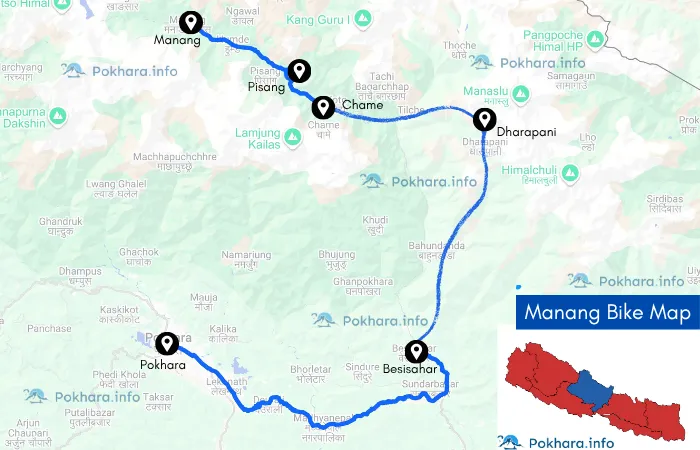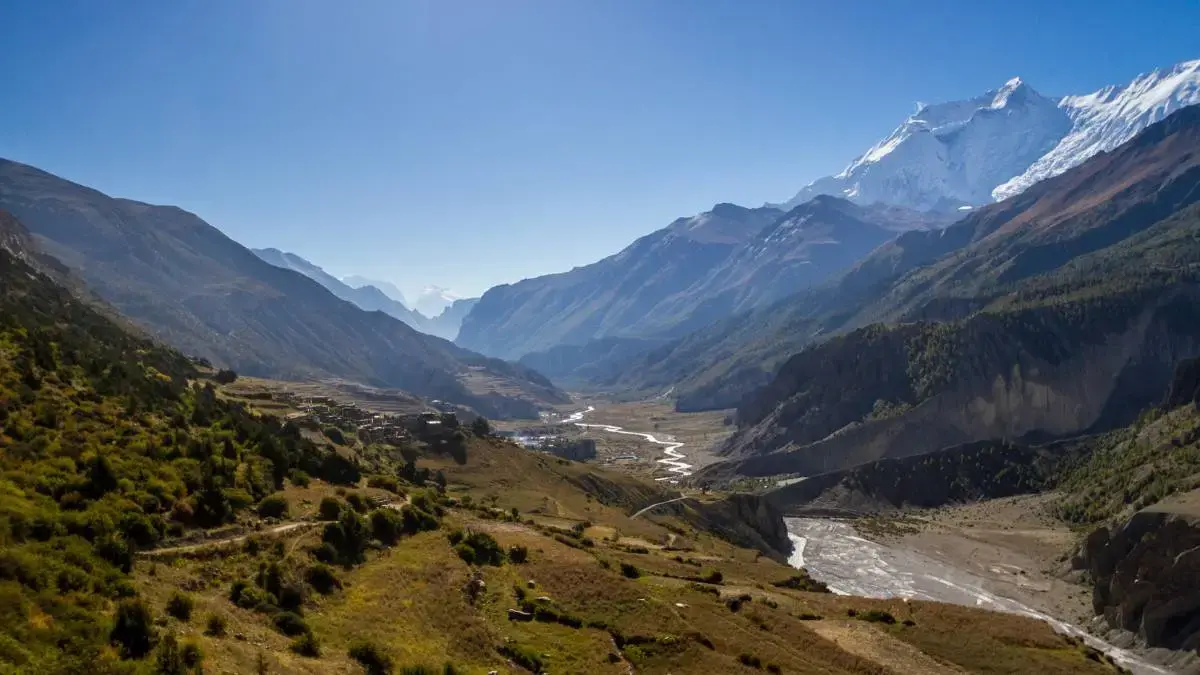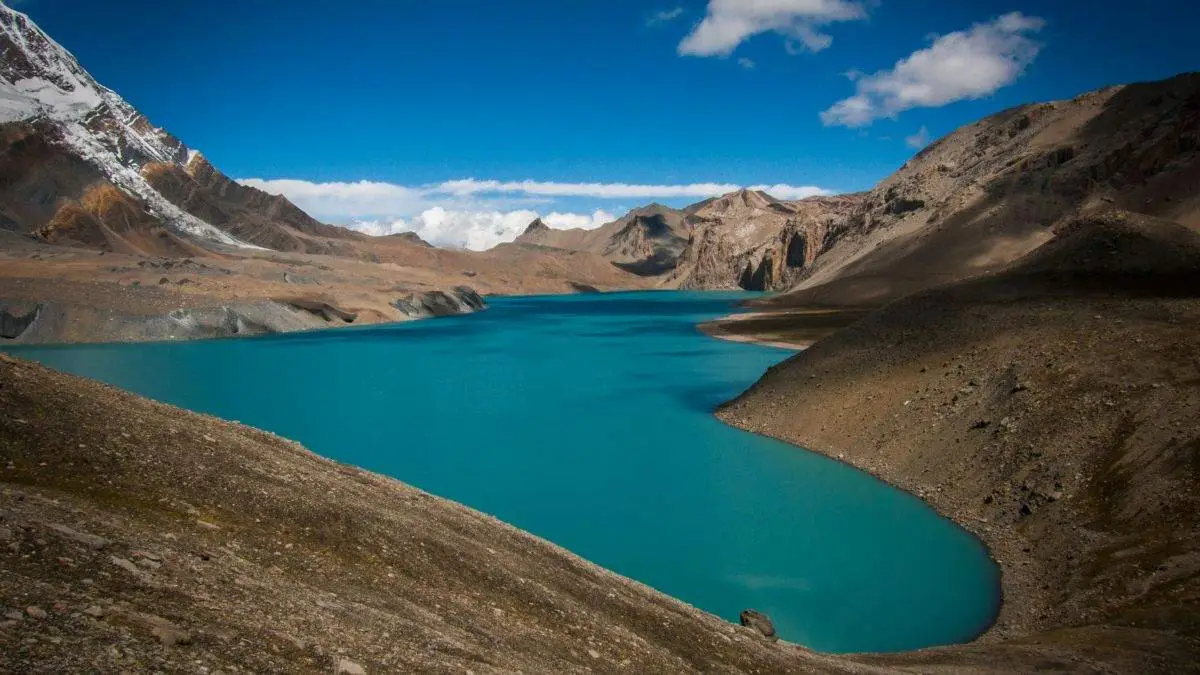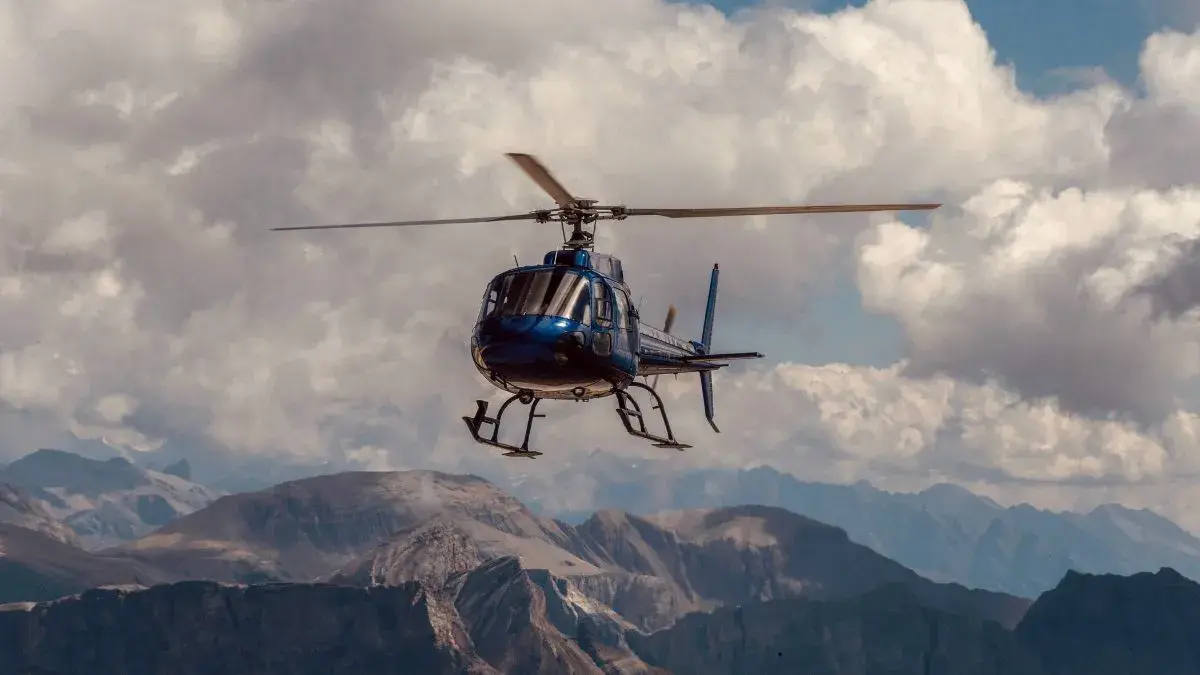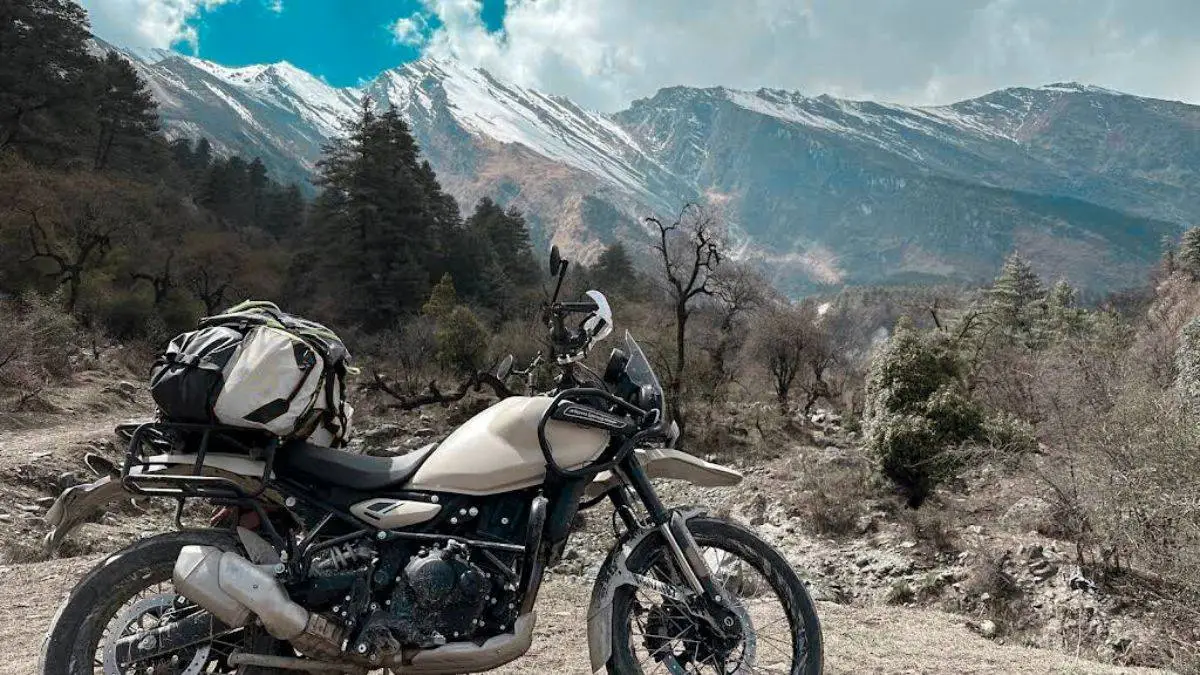
Conquer the rugged trails of Manang on an unforgettable bike trek through the Himalayas.
Manang Motorbike Trip
Elevation
3,519 m
Highest Point
4,200 m
Trip Duration
3 to 5 days (from Pokhara)
Distance (one way)
240 km from Pokhara
Road Type
Off road
Best Seasons
March to May, September to November
Permits Required
ACAP Permit & TIMS Card
Guides
Recommended
Overview
Manang is the moment when the road stops feeling like Nepal and begins feeling like another planet. At around 3,519 meters, surrounded by the ice chiseled giants of the Annapurna Massif and the Chulu range, the air thins, the world widens, and the road becomes more philosophy than asphalt.
The road to Manang is a commitment. A narrow off road track clings to cliffs above the Marsyangdi River, shifting from mud to gravel to sand. Water crossings roar in the monsoon. Landslides redraw sections of the route.
Yet, for those who ride, Manang is a revelation. Yak herders look up from the trail, prayer flags snap, and somewhere between throttle and altitude, the bike becomes a part of the landscape.
You ride into Manang humbled by the road, the mountains, the altitude and deeply alive.
Highlights of the Manang Motorbike Journey
Marsyangdi River Clifftop: Sections like Dharapani to Chame to Pisang test your balance, courage, and patience. No delusions here. The ride is rugged, raw and unforgettable.
Chame (2,650 m): First real Himalayan transition point. Apple orchards, hot springs, and the sense that you’ve climbed into a different world.
Lower Pisang to Manang (3,200 to 3,500 m): The valley opens. The sky feels higher. Annapurna II and III dominate your peripheral vision.
Gangapurna Lake Viewpoint: A 15 minute walk from Manang's central square. Glacial lake meets wind scarred moraine.
Road to Khangsar (3,734 m): If the trail is dry and you’re confident, this is the wildest off road extension. Above Khangsar, the road becomes footpath, bikes stop, trekkers continue toward Tilicho.
Culture of the Manangis: Tibetan Buddhist roots. Ancient trade culture. Stone houses, flat roofs, and monasteries perched on impossible ledges.
Wildlife Encounters: Blue sheep cling to cliffs. Griffons trace thermals. The snow leopard stays invisible, yet never absent.
Itinerary
Day 1: Pokhara to Besisahar to Dharapani
1,860 mStart early and start driving. Smooth blacktop until Besisahar, where the road ends, and the Himalaya begins. Ride off road to Dharapani.
Day 2: Dharapani to Chame to Pisang
3,250mEnter pine forests and high cliffs. Roads are narrow. Expect river crossings. Overnight in Pisang.
Day 3: Pisang to Manang
3,519 mSlow, scenic ride into the high altitude bowl of Manang. Park your bike. Walk around. Breathe thin air.
Day 4: Manang (Acclimatization Day)
3,519mShort hikes to Gangapurna Lake or Braga Monastery. Let your body catch up with your ego.
Day 5: Ride toward Khangsar to Return to Pokhara (via Chame)
822mWeather and road allowing, ride higher toward Khangsar. Then trace your path back down the valley.
Cost Breakdown
| Item | Budget Price | Mid Range Price | Luxury Price |
|---|---|---|---|
| Motorbike Rental Per Day | $20 to $35 | $40 to $70 | $80+ |
| Fuel | $20 to $35 | $40 to $60 | $70+ |
| Stay & Meals Per Day | $20 to $25 | $35 to $50 | $60+ |
| Gear or Protection Rental Per Day | $5 to $10 | $15 to $25 | $30+ |
| Permits (ACAP + TIMS) | $25 to $40 Total | Same | Same |
| Wi-Fi or Charging | $1 to $3 per day | $4 to $8 per day | fast Wi-Fi included in lodging |
Note: 1. ACAP Permit - NPR 3,000 (foreigners) & NPR 1,000 (SAARC nationals) 2. TIMS Card - NPR 2,000 (foreigners) & NPR 1,000 (SAARC nationals)
* All prices are in USD
Trip Map
Compliance
Permits
ACAP & TIMS
Checkpoints
Present in Dharapani, Chame, Pisang, Manang
Guides
Strongly recommended for first time riders.
Altitude
Acute Mountain Sickness (AMS) is real, riding doesn’t make you immune.
Fuel Availability
No fuel stations after Besisahar. Villagers sell fuel from barrels for higher cost
Weather Risk
Landslides common during monsoon. Ice in winter.
Packing
Rider Fitness: You don’t need marathon lungs, but endurance and altitude awareness matter
Essential Gear: Full Face Helmet, armored jacket, knee guards, warm gloves, rain cover, extra tubes, tire irons, mini pump, chain lube
Tech & Practicalities: Power bank, offline maps, dry bags for gear
Money & Connectivity: Cash is used only beyond the gateway towns. WiFi is spotty. Bring cash from Pokhara.
Frequently Asked Questions
Find answers to common questions about our trips

